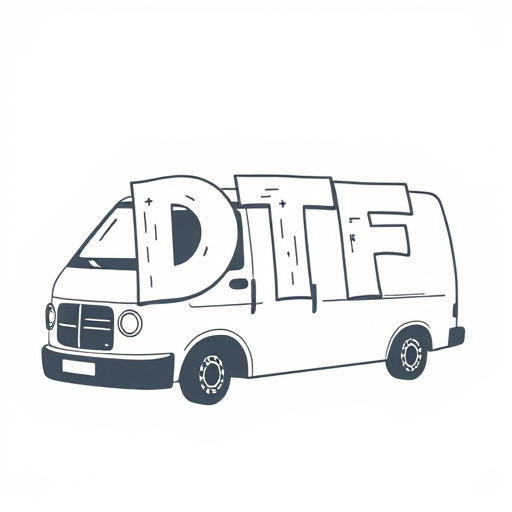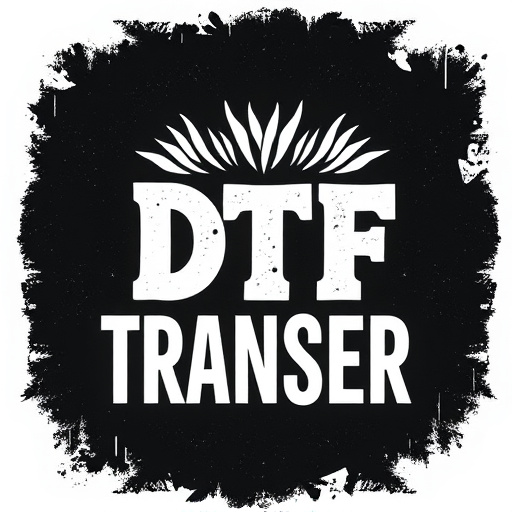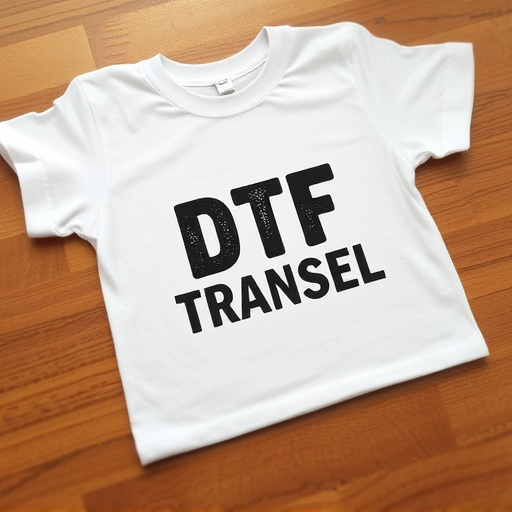In today's digital era, embracing a DTF (Direct-to-Film) approach is key to thriving in business and enhancing home entertainment. When conducting DTF transfers, prioritize high resolution, color accuracy, and post-processing features for optimal results. Different services offer unique advantages, catering to specific needs for detail preservation or swift turnaround times. Technological advancements have dramatically improved image quality, allowing for the capture of intricate details and a more authentic cinematic experience. However, careful consideration and proper techniques are essential to avoid subpar results. DTF transfers have proven their worth through successful case studies, revolutionizing entertainment and archival practices by delivering superior visual quality and immersive experiences.
Looking for the best direct-to-film (DTF) transfer options? This comprehensive guide explores the highest quality DTF services available in the market. From understanding the fundamentals of DTF transfers to identifying key factors for selection, we break down the process. We delve into top providers, their unique features, and the technology driving their exceptional quality. Moreover, discover common pitfalls to avoid and real-world success stories that highlight the power of DTF in enhancing visual experiences.
- Understanding Direct-to-Film (DTF) Transfers: The Basics
- Factors to Consider When Choosing High-Quality DTF Options
- Top DTF Transfer Services and Their Key Features
- The Impact of Technology on DTF Quality: A Deep Dive
- Common Pitfalls to Avoid During the DTF Process
- Real-World Success Stories: Case Studies of Superior DTF Transfers
Understanding Direct-to-Film (DTF) Transfers: The Basics
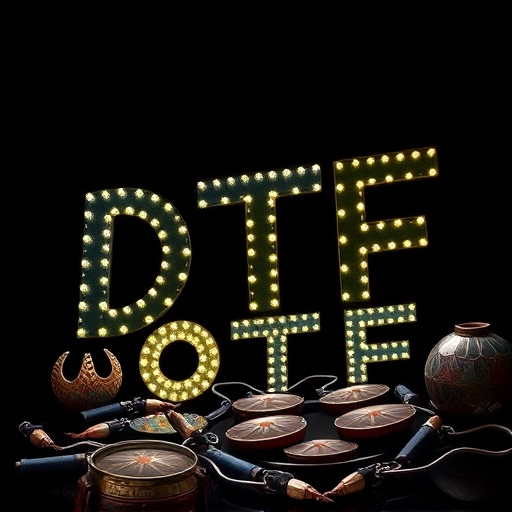
Factors to Consider When Choosing High-Quality DTF Options
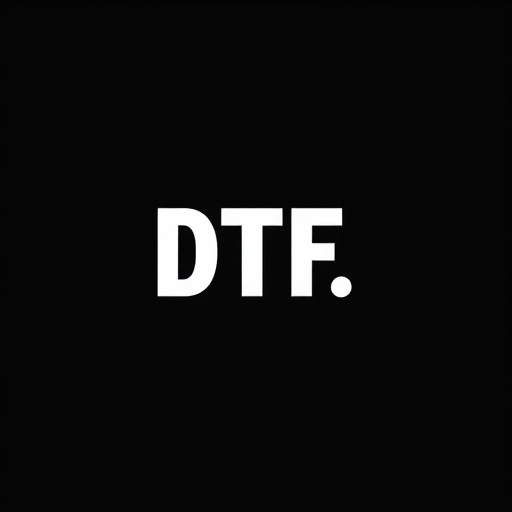
When selecting high-quality direct-to-film (DTF) transfer services, several key factors come into play. First and foremost, consider the resolution and overall picture quality. Opt for options that offer 4K or even 8K resolutions for the most crisp and detailed image possible. Additionally, check the compression rates to ensure minimal loss of original data; lower bitrates usually mean better quality.
Another vital aspect is color accuracy and grading. Look for providers who employ advanced color correction techniques and utilize broad-gamut color spaces (like Rec. 709 or DCI-P3) for accurate representation of the original film’s hues. Additionally, consider any post-processing features offered, such as noise reduction and edge enhancement, which can further refine the final transfer.
Top DTF Transfer Services and Their Key Features
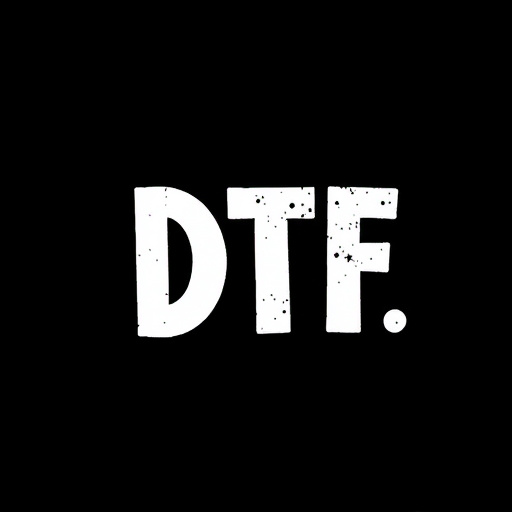
When it comes to direct-to-film (DTF) transfers, several top services stand out for their quality and features. Each offers unique advantages, catering to different needs and preferences. For instance, DTF Transfer Service A is renowned for its meticulous attention to detail, delivering crisp images and vibrant colors that preserve the original film look. They utilize advanced scanning technology and high-resolution outputs, ensuring every frame is captured flawlessly.
On the other hand, DTF Transfer Service B distinguishes itself with its user-friendly platform and fast turnaround times. Their key feature is automated color grading, which helps users achieve a professional look without extensive manual adjustments. Additionally, they offer various file formats, including 4K resolution options, making them suitable for both personal preservation and commercial projects.
The Impact of Technology on DTF Quality: A Deep Dive
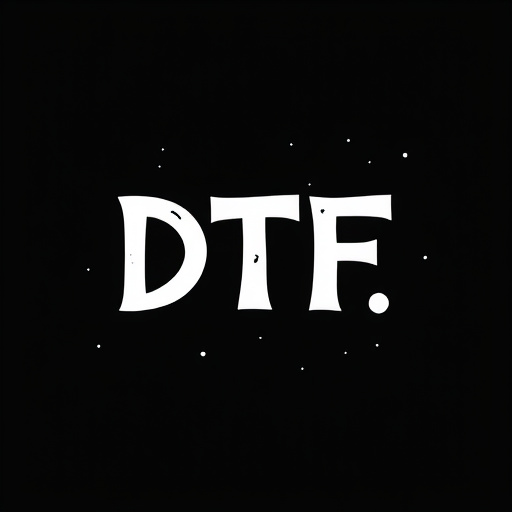
The evolution of technology has significantly enhanced the quality of Direct-to-Film (DTF) transfers, pushing the boundaries of what’s possible in home entertainment. Advanced digital cameras, improved scanning techniques, and sophisticated editing software have contributed to a remarkable rise in resolution, color accuracy, and overall picture clarity. Today’s DTF options offer fans an immersive experience that closely mirrors the original cinematic spectacle.
This technological advancement allows for intricate details, from fine fabric textures to complex lighting effects, to be captured and preserved. Moreover, modern noise reduction algorithms minimize graininess while enhancing contrast and saturation, resulting in vivid and lifelike images. As technology continues to advance, DTF transfers are becoming increasingly sophisticated, providing audiences with a more authentic movie-going experience right in their homes.
Common Pitfalls to Avoid During the DTF Process
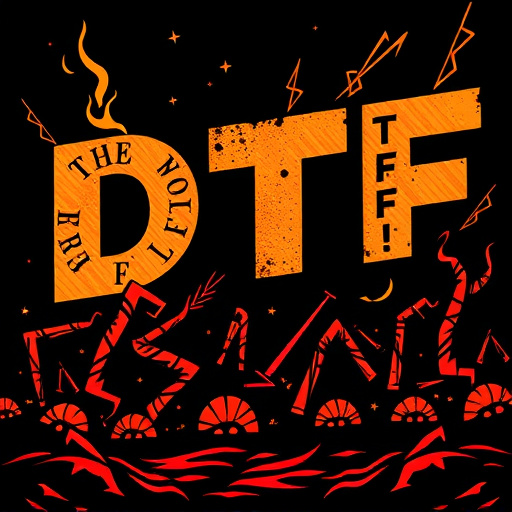
Direct-to-film (DTF) transfers can be a fantastic way to preserve and share your favorite films, but it’s not without its potential pitfalls. One common mistake is choosing the wrong equipment or software, which can lead to poor image quality and loss of detail. It’s crucial to invest in high-quality, compatible components to ensure the best results. Additionally, rushing the process can result in mistakes that go unnoticed until later, leading to a subpar final product.
Another pitfall is ignoring the importance of proper lighting and camera placement. Inaccurate lighting conditions or incorrect camera positioning can significantly impact the final transfer’s clarity and color accuracy. It’s essential to take your time, set up your equipment correctly, and consider factors like framing, exposure, and white balance to avoid these issues and capture the film’s essence accurately.
Real-World Success Stories: Case Studies of Superior DTF Transfers
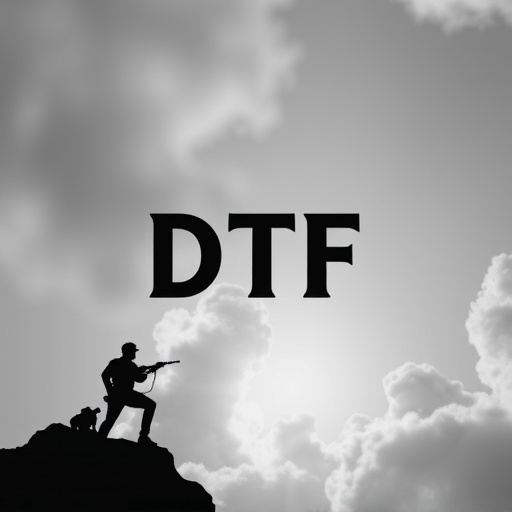
Direct-to-film (DTF) transfers have gained significant traction in recent years, with numerous success stories across various industries. Case studies highlight their effectiveness in enhancing visual quality and delivering immersive experiences. For instance, a leading streaming platform utilized DTF to remaster classic movies, resulting in sharper images and improved color accuracy, significantly boosting viewer engagement.
In another notable case, a boutique film restoration service adopted DTF for digitizing vintage films, preserving their original allure. The process ensured that delicate details, such as grain structures and subtle color variations, were accurately captured, providing audiences with a nostalgic and authentic cinematic experience. These real-world applications underscore the superior quality and versatility of direct-to-film transfers in modern entertainment and archival practices.








